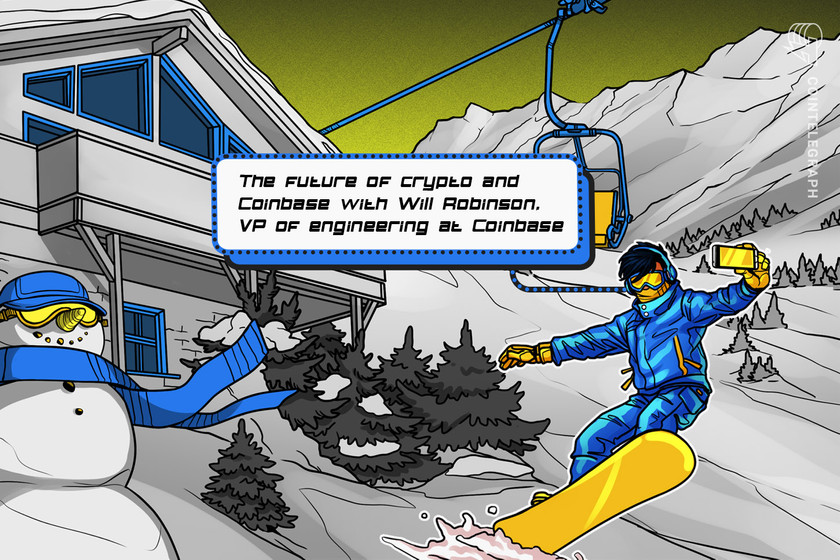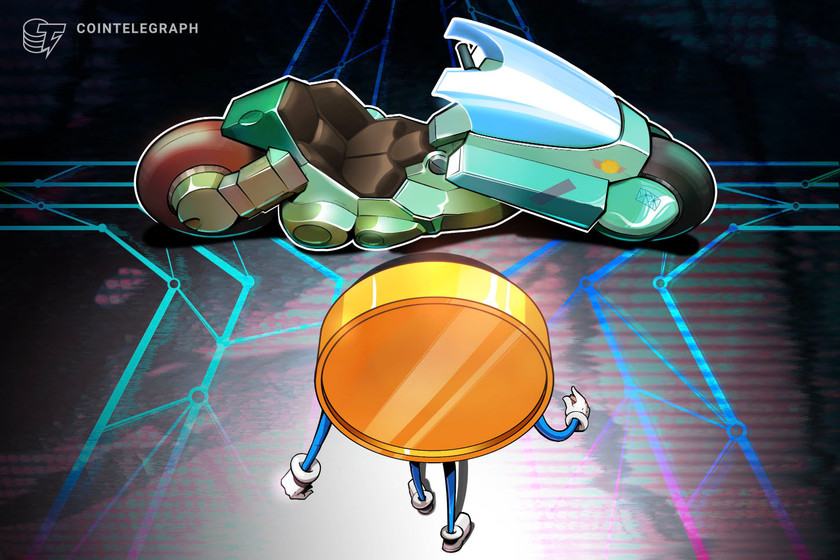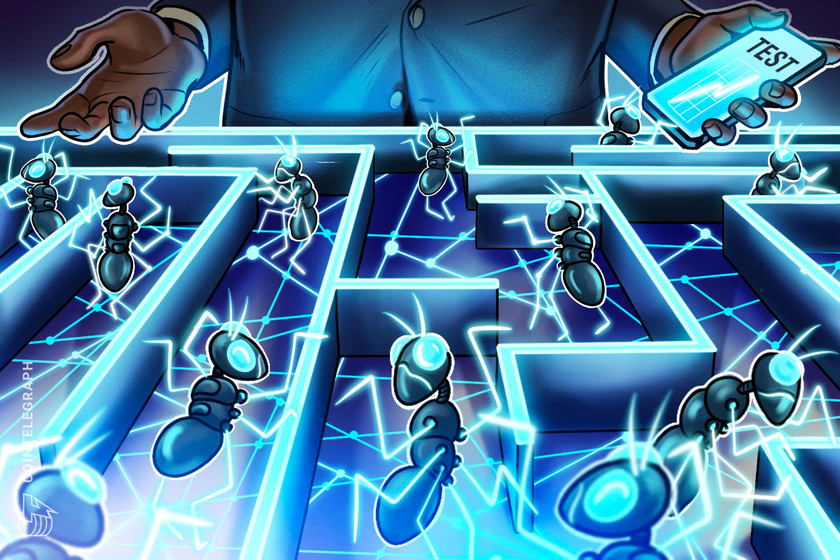Web3 protocol Blast reaches $823M TVL despite bugs and controversy


Amid technical challenges and investor scrutiny, Blast’s staking model has propelled its total value locked to $823 million.
Web3 protocol Blast has reached $823 million in total value locked (TVL) just weeks after its controversial launch in mid-November, with a 26.5% gain over the past seven days, according to data from DefiLlama.
Behind Blast’s speedy growth is its unique business model. The protocol is a scaling solution for the Ethereum network and offers native yields to users who stake their funds. Users staking are promised a 4% yield on Ether (ETH) and a 5% yield on stablecoins.
However, the protocol’s emergence has been marked by challenges and unpopular developments. On Nov. 30, Blast revealed that a user staking on the protocol saw $100,000 disappear after converting a deposit to Dai (DAI). The issue was caused by a misconfigured slippage parameter on the user interface, resulting in Blast paying the user $10,000 in compensation.
























